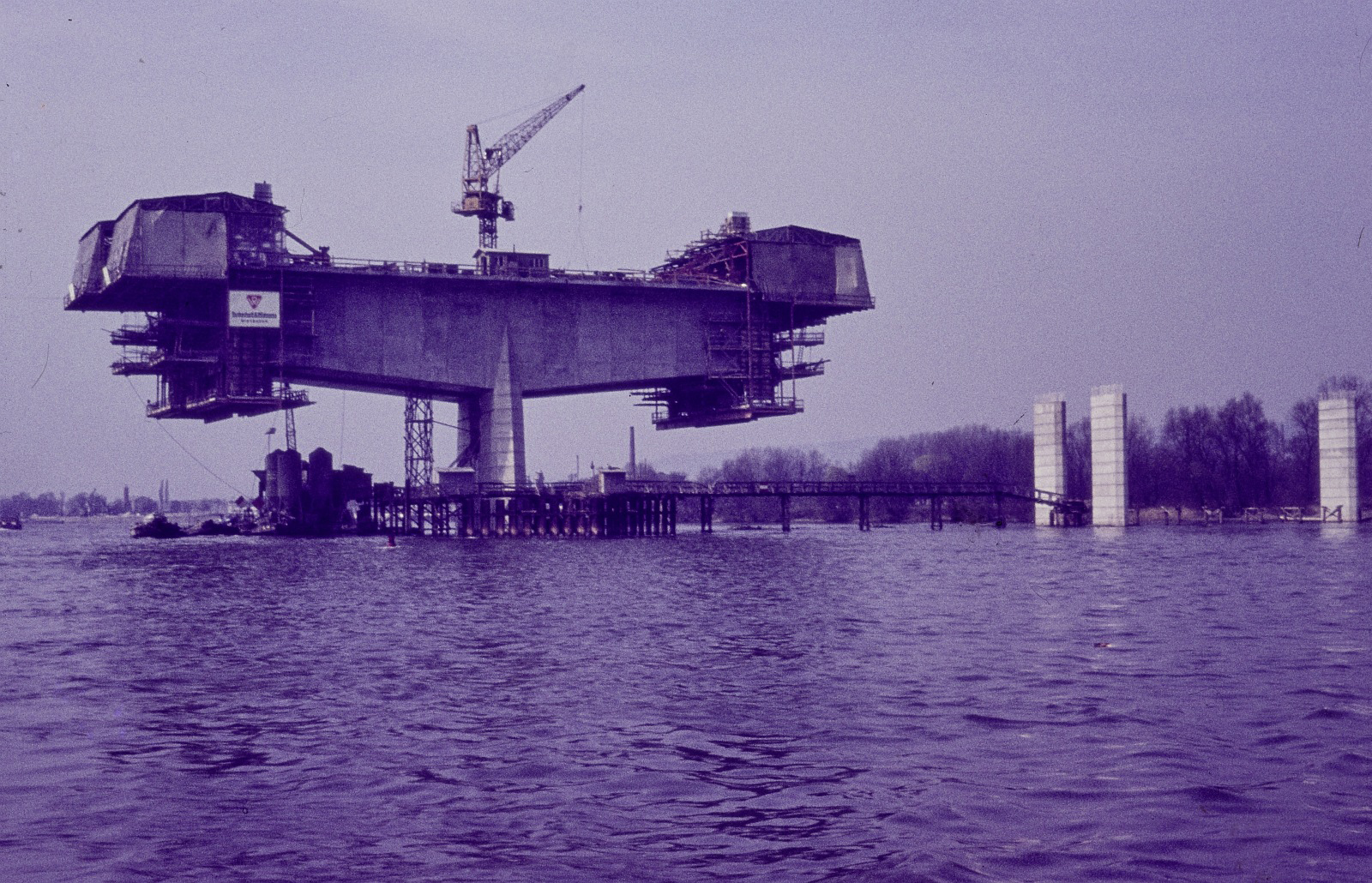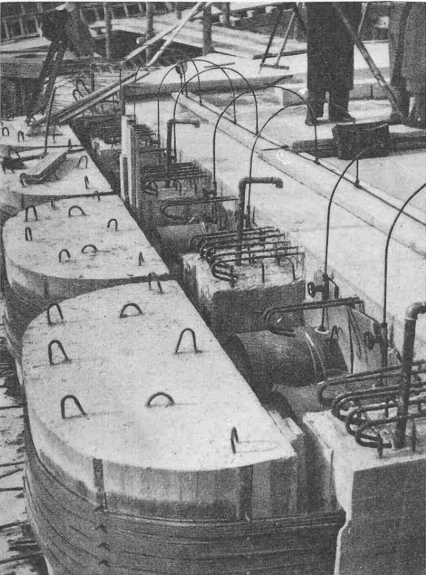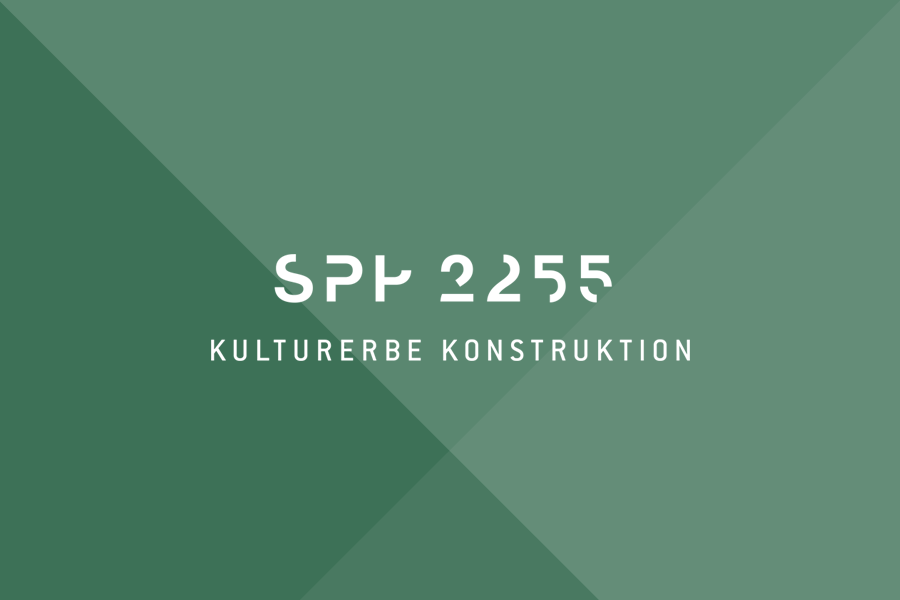Success and Failure: On the Contribution of Recognised Failures to the Development of Prestressed Concrete Construction
Prestressed concrete construction is associated with the high modern era like no other construction method. Its beginnings in the 1880s were initially primarily interesting engineering solutions to the problem of cracks in concrete. In the 20th century, prestressing became a disruptive innovation. It developed towards the most important construction method for filigree and wide-span concrete structures, despite several scientific and technical dead ends, misguided developments and cases of damage. The success story of prestressed concrete is sufficiently documented. However, an in-depth analysis of failures as innovation drivers is still pending.
In addition, the project refers to the initial core problem of SPP: the increased demolition of civil engineering structures of the high modern era. Prestressed concrete structures are predestined to be overlooked, because their essential construction is invisible in the concrete and the valuable innovation often lies in structural details. An appropriate appreciation of prestressed concrete structures is therefore still a desideratum today. The main objective of the project is therefore to write a critically reflected construction history of prestressed concrete between success and failure as a basis for the heritage conservation of prestressed concrete buildings in Germany. The manifold problems in the history of prestressed concrete, e.g. scientific misconceptions, insufficient theoretical penetration, difficulties on the building site, errors in detail, have so far often been marginalized.
An essential part of the work is the identification, description and classification of failures and undesirable developments in the planning, design and construction process. Based on this, it will be explored how these mistakes have promoted and influenced the further development of the construction method. Another thesis is that disputes about “correct” procedures and “incorrect” assumptions have been arisen in the expert community especially with regard to concrete construction projects, which will be examined in depth. Furthermore, the question should be answered why, especially in the early phase, the actors involved adhered to prestressed concrete and pushed its further development despite sometimes considerable setbacks.
Differences and their reasons between the state of the art regulated in standards and the current state of research as well as forms and limits of knowledge transfer across national borders will be worked out. Finally, interesting prestressed concrete buildings will be examined in terms of whether they are worthy of protection according to classical monument criteria or whether an expansion of the criteria is necessary.
The project focuses primarily on the development of prestressed concrete in Germany, especially in bridge construction. Influences from France, especially in the first half of the high modern era, and Switzerland in the second half are also taken into consideration.

erste Spannbetonbrücke nach heutigem Verständnis – Pont du Luzancy; M.Herbers, TU Dresden

Freivorbau der Rheinbrücke Bendorf 1962 – 1965, Planer U. Finsterwalder Dyckerhoff und Widmann; Deutsche Fotothek

Steinmann, G., Das Verfahren Baur-Leonhardt und die Ausführung von Brücken in vorgespanntem Beton, 1954, Schweizerische Bauzeitung 1954





